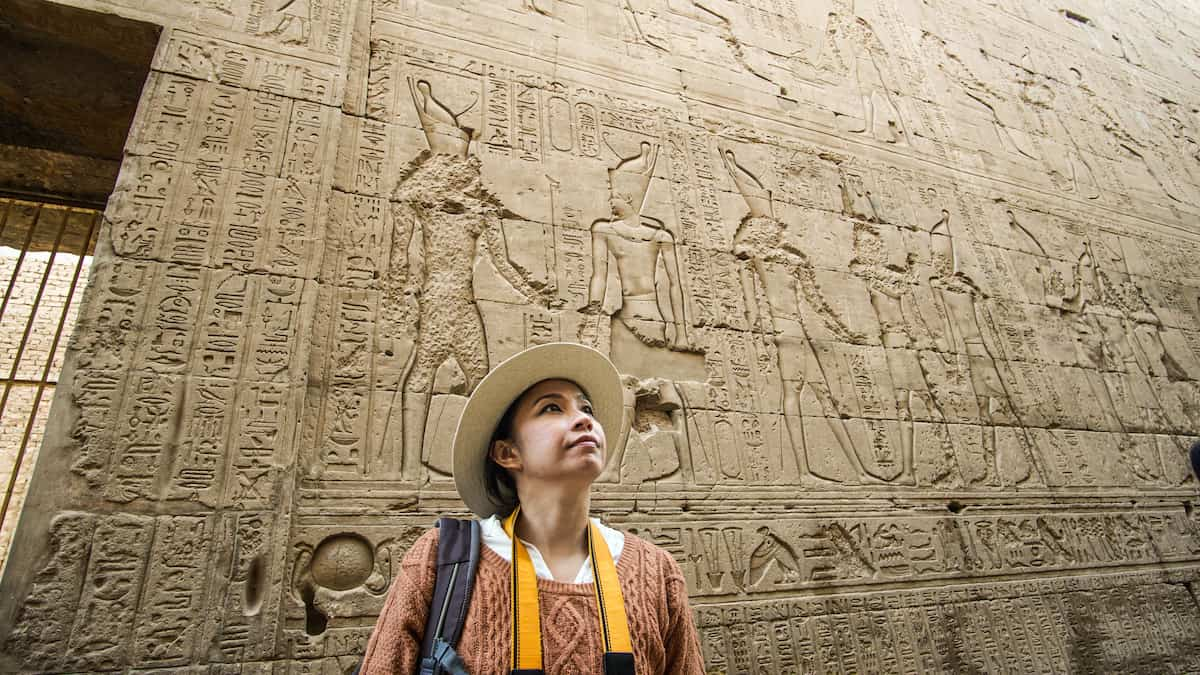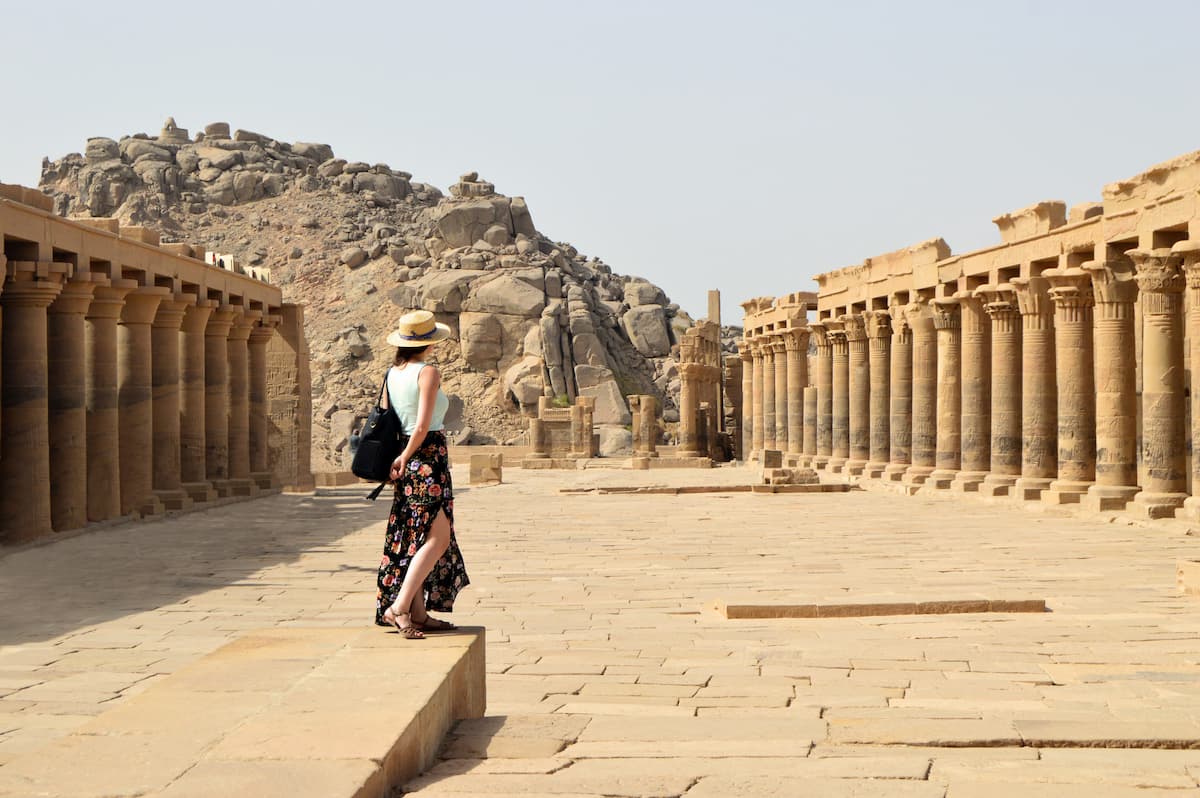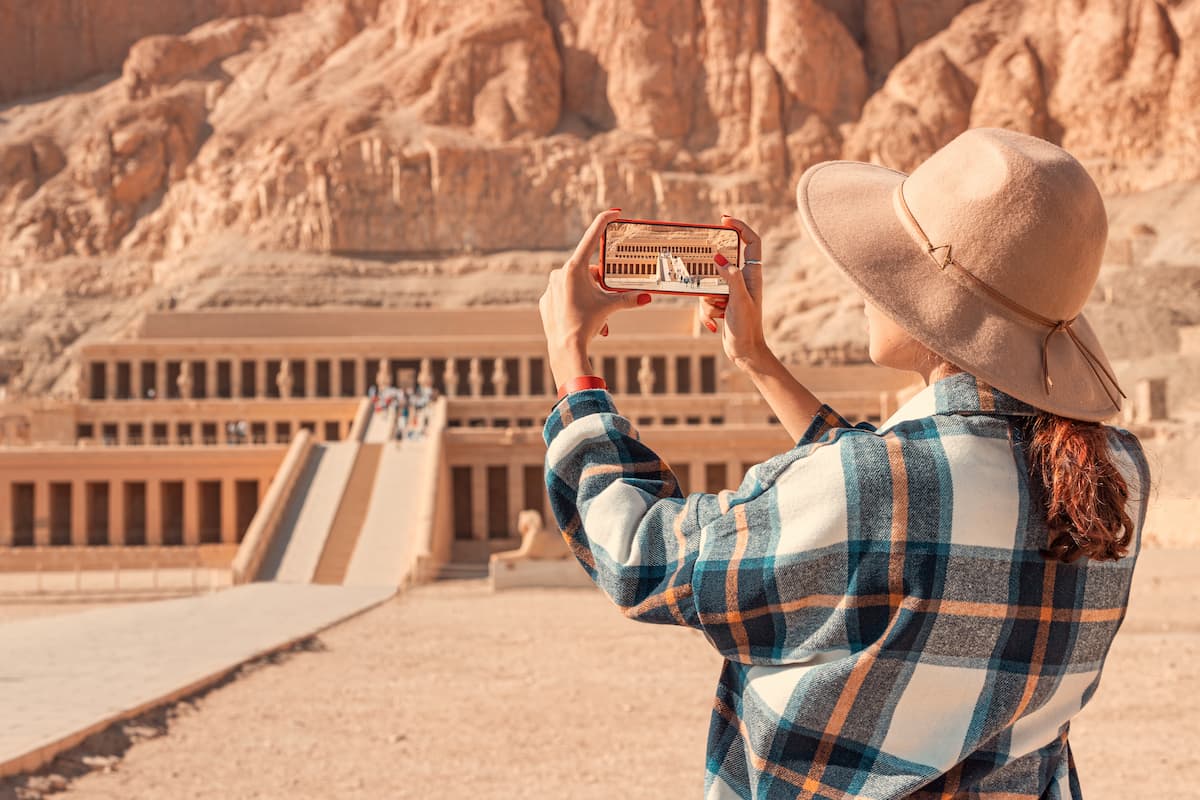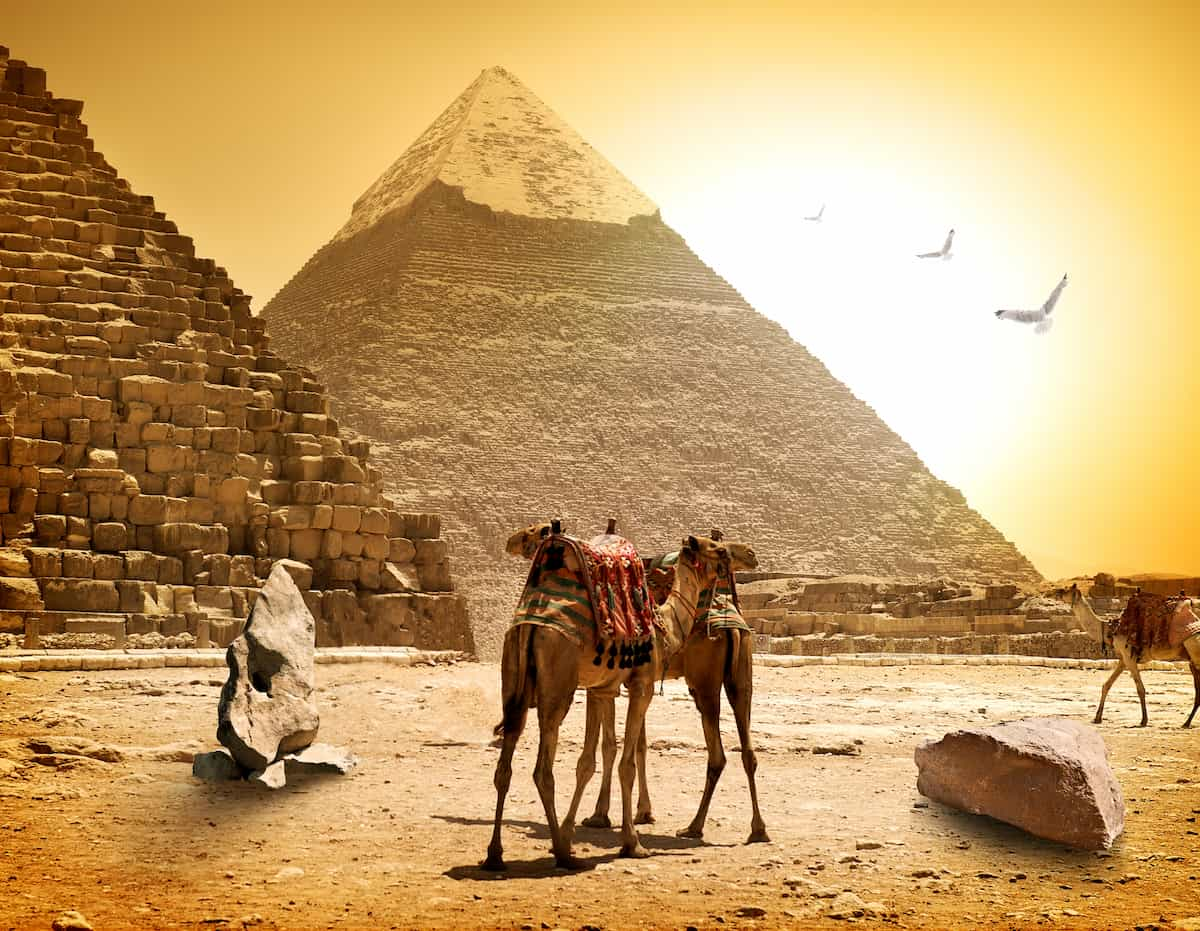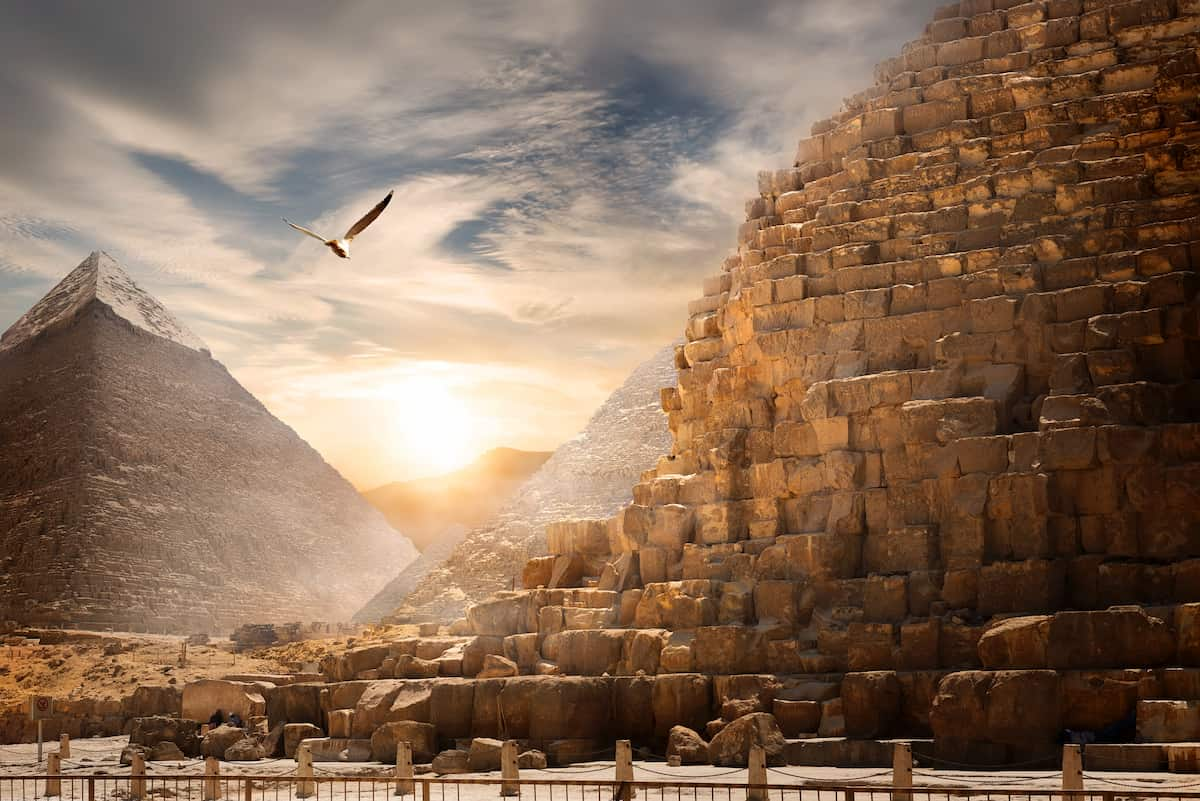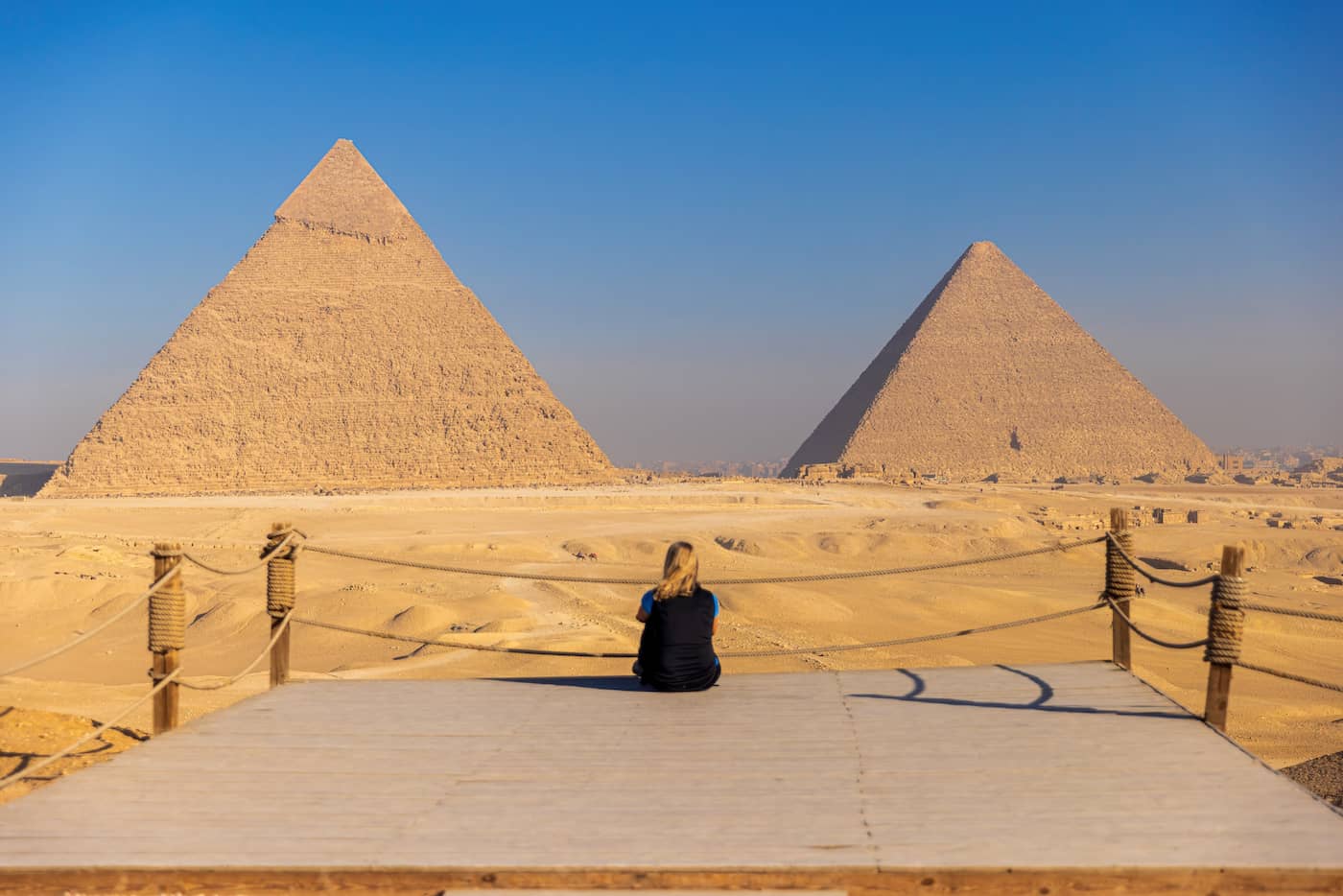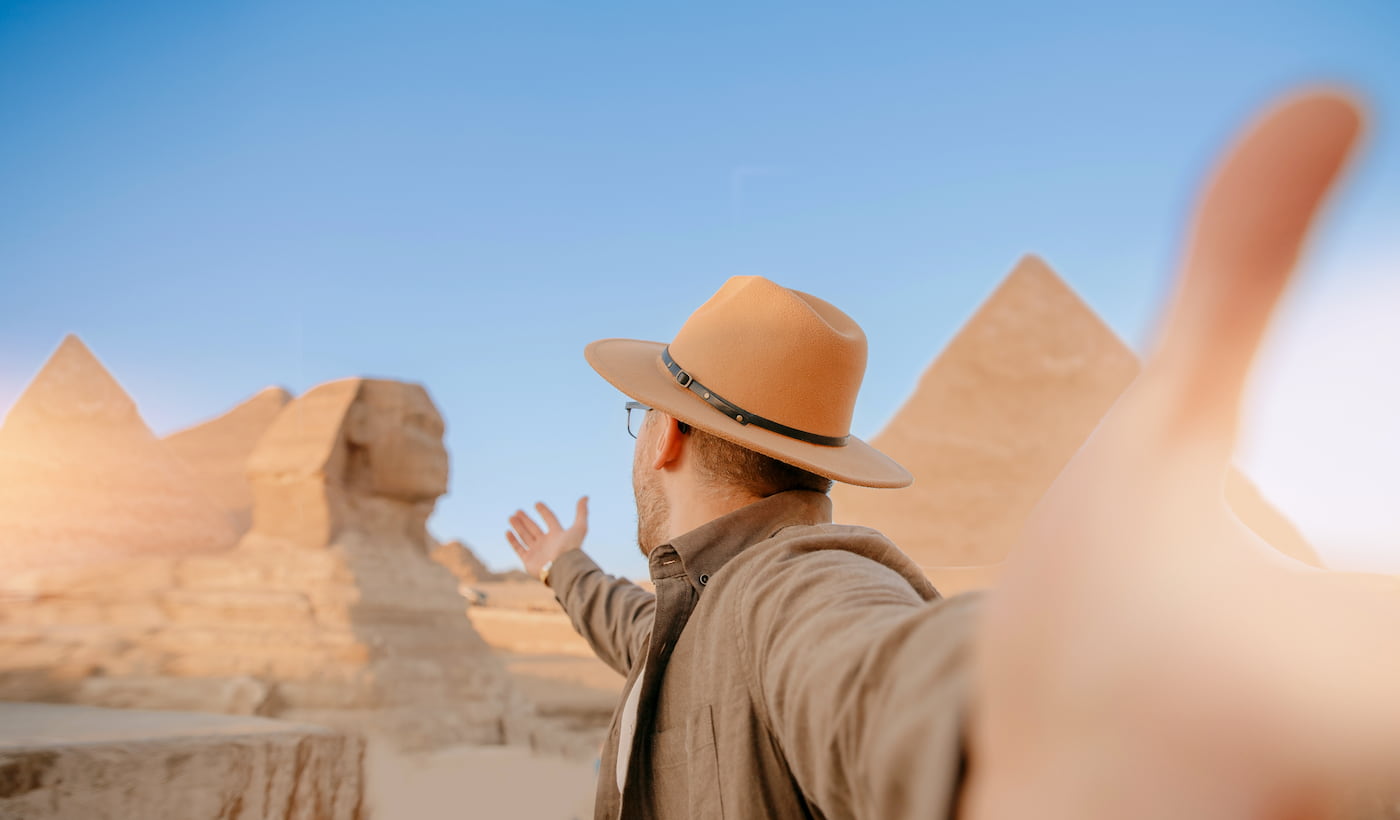Sceptre of The Gods: A Symbol of Power in the Hand of Ruling Monarchs, The Royal and Sovereign Authority
A sceptre of the gods is a staff or wand held in the hand of ruling monarchs as an item of royal or imperial insignia. That signifying sovereign authority.
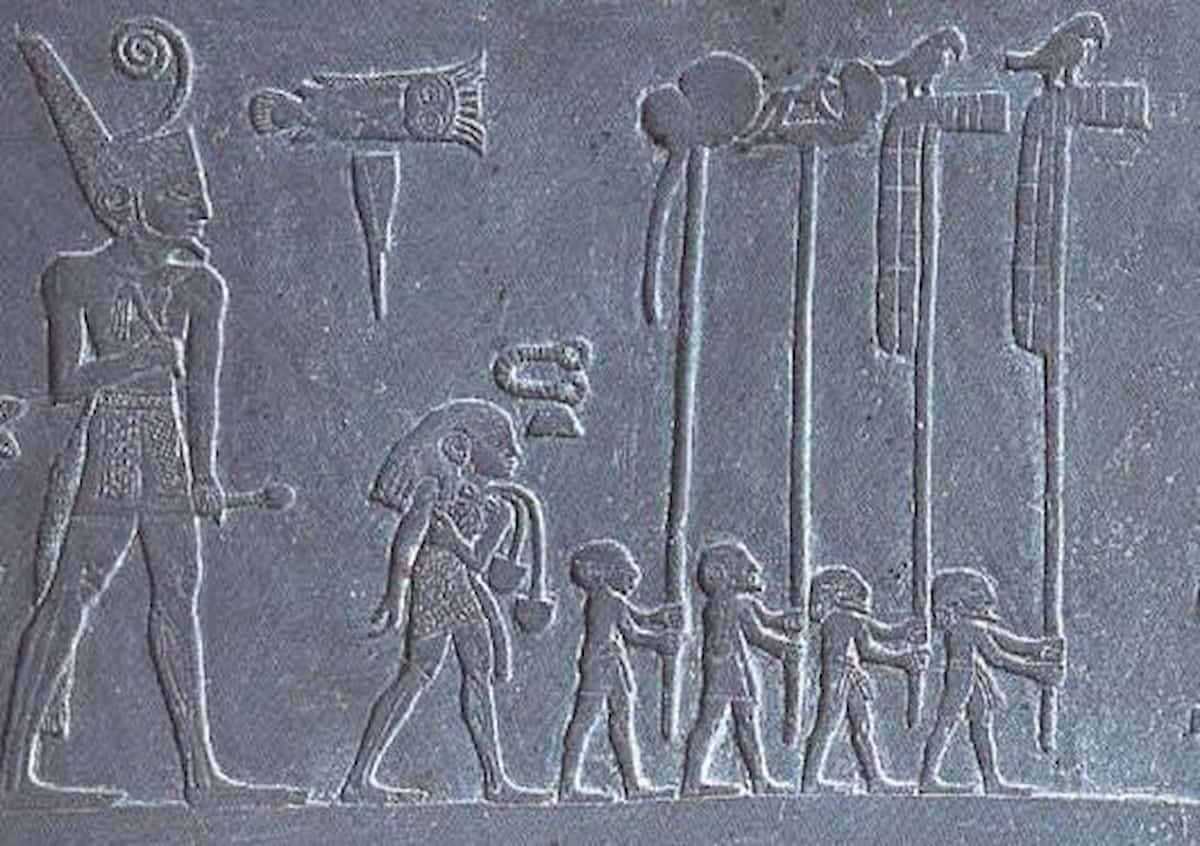
Sceptres of the gods
Sceptre Antiquity
1- During Ancient Egypt and Mesopotamia
The Was and other types of staves were signs of authority in Ancient Egypt. For this reason, they are often described as “sceptres”, even if they are long staffs. One of the earliest royal sceptres of the Gods was discovered in the 2nd Dynasty tomb of Khasekhemwy in Abydos. Kings were also known to carry a staff, and Pharaoh Anedjib is shown on stone vessels carrying a so-called mks-staff.
The most ancient staff in history seems to be the heqa-sceptre (the “shepherd’s crook”). The sceptre of the Gods and pharaohs also had a central role in the Mesopotamian world. It was part of the royal insignia of sovereigns and gods. This continued throughout Mesopotamian history, as illustrated in literary and administrative texts and iconography. The Mesopotamian sceptre was mostly called ĝidru in Sumerian and ḫaṭṭum in Akkadian.
2- sceptres in the Greco-Roman world
Among the early Greeks, the sceptre was a long staff, such as Agamemnon wielded (Iliad, i) or was used by respected elders like Herodotus and Iliad. Then, judges, military leaders, priests, and others in authority began using it. It is represented on painted vases as a long staff tipped with a metal ornament. When the sceptre is borne by Zeus or Hades, it is headed by a bird. It was this symbol of Zeus, the king of the gods and ruler of Olympus.
Among the Etruscans, kings and high priests used sceptres of great magnificence. Many representations of such sceptres occur on the walls of the painted tombs of Etruria. The British Museum, the Vatican, and the Louvre possess Etruscan sceptres of gold, elaborately and minutely ornamented.
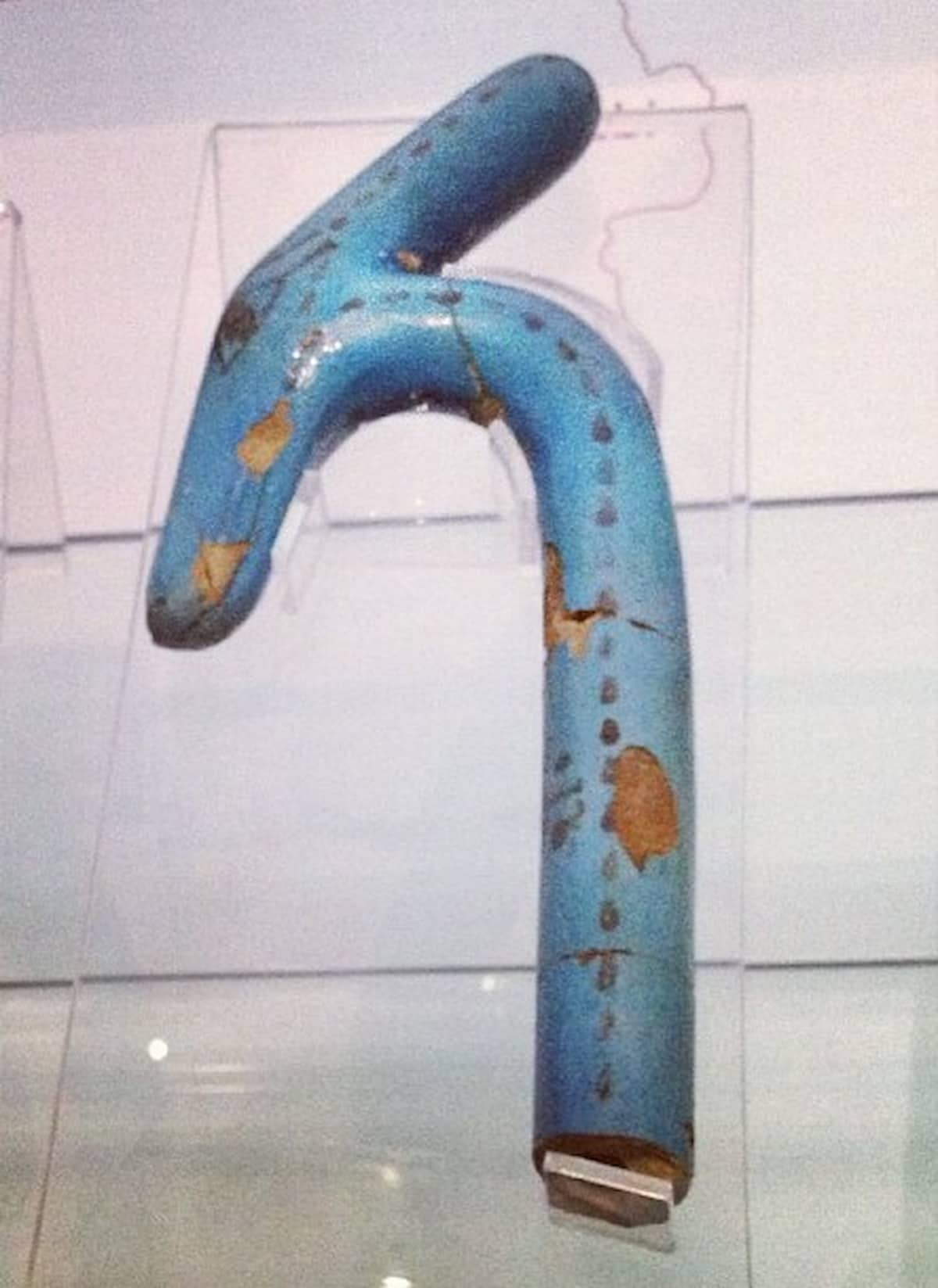
sceptre of Thuthmosis III
Under the Roman Empire, the sceptrum Augusti was specially used by the emperors, and was often of ivory tipped with a golden eagle. It is frequently shown on medallions of the later empire, which have on the obverse a half-length figure of the emperor. He is holding in one hand the sceptrum Augusti, and in the other the orb surmounted by a small figure of Victory.
3- sceptres in Christendom
With the advent of Christianity, the sceptre was often tipped with a cross instead of with an eagle. However, during the Middle Ages, the finials on the top of the sceptre varied considerably. In England, from a very early period, two sceptres have been concurrently used, and from the time of Richard I, they were tipped with a cross and a dove. In France, the royal sceptre was tipped with a fleur de lys, and the other, known as the main de justice, had an open hand of benediction on the top.
One of the sceptres of Scotland, preserved at Edinburgh, has such a shrine at the top, with little images of the Virgin Mary, Saint Andrew, and Saint James the Great in it. This sceptre was in France around 1536 for James V. Great seals usually represent the sovereign enthroned, holding a sceptre in the right hand, and the orb and cross in the left. Harold Godwinson appears thus in the Bayeux Tapestry.
Was Sceptre
The sceptre means power and dominion. The Was sceptre is a symbol that appeared often in relics, art, and hieroglyphs associated with the ancient Egyptian religion. It appears as a stylized animal head at the top of a long, straight staff with a forked end. Was-sceptres were symbols of power or dominion. They were associated with ancient Egyptian deities such as Set or Anubis, as well as with the pharaoh. Was-scepters also represent the Set animal or Khnum. In later use, it was a symbol of control over the force of chaos that Set represented.
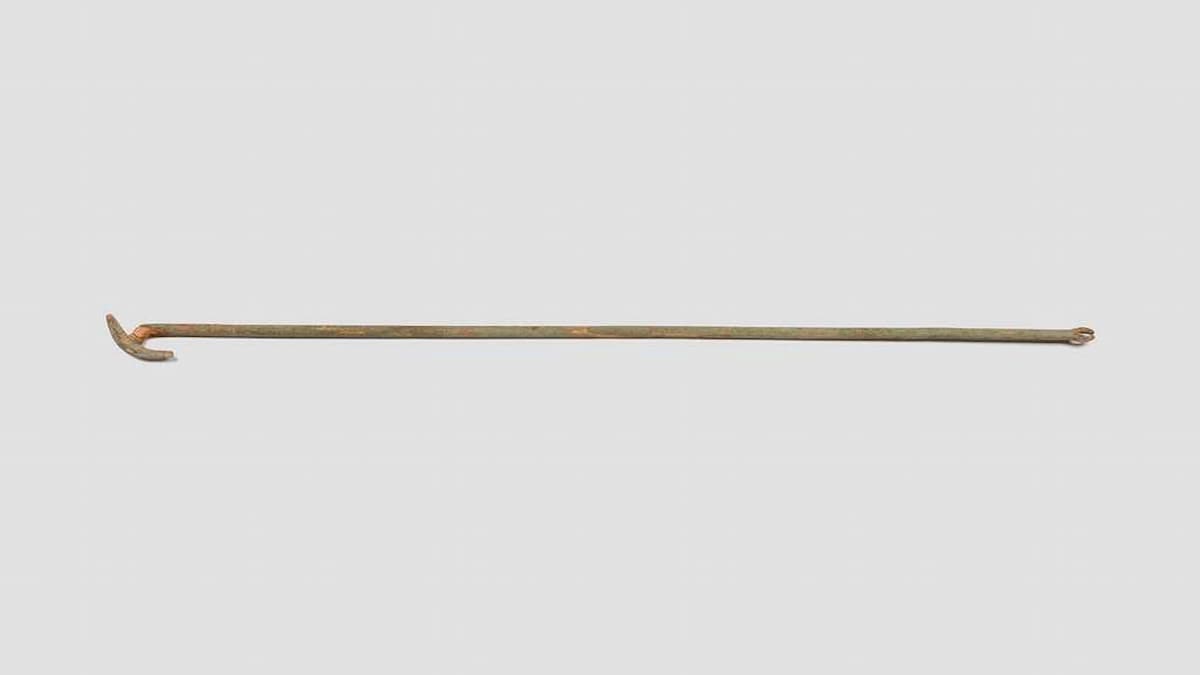
Was Scepter
The was-ceptre was responsible for the well-being of the deceased and was thus sometimes in the tomb equipment or in the decoration of the tomb or coffin. The sceptre is also an amulet. The Egyptians perceived the sky as being supported on four pillars, which could have the shape of a was. This sceptre was also the symbol of the fourth Upper Egyptian nome, the nome of Thebes (called wist in Egyptian).
Was-sceptres were depicted as being carried by gods, pharaohs, and priests. They commonly occur in paintings, drawings, and carvings of gods, and often parallel with emblems such as the ankh and the djed-pillar. Remnants of physical was-sceptres have existed. They are of faience or wood, where the head and forked tail of the Set animal are visible. The earliest examples date to the First Dynasty.
What is the Staff of Ra?
The Staff of Ra is not merely a weapon in Egyptian mythology: It is a symbol of divine authority vested in Ra, the great sun god. The greatest power it could have. This esoteric staff has been a fascination for scholars, storytellers, and enthusiasts since time immemorial. It was more than an object; it channeled the life-giving energy of the sun. It was believed that whoever commanded light, life, and fire with the Staff would be granted powers unmatched by any being on this earth.
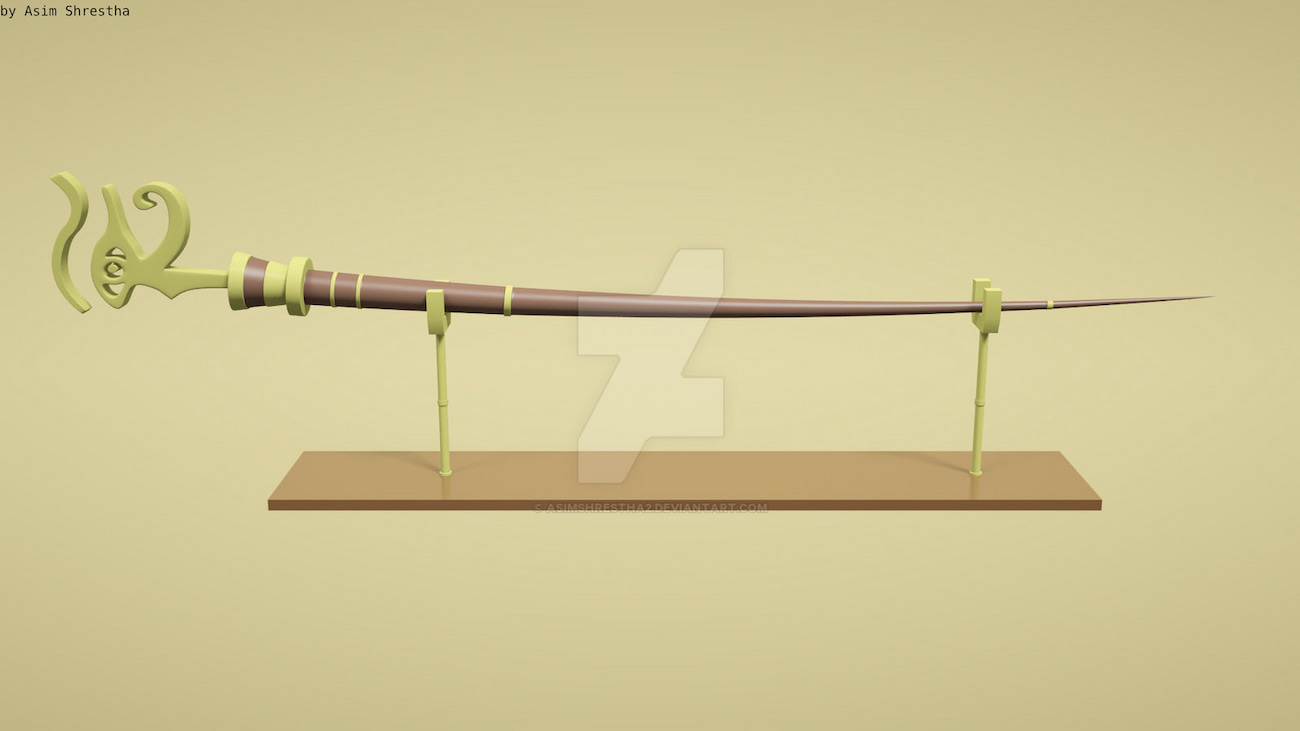
The staff of Ra
The Staff in mythology occupies a place in terms of power and fame, very much mythical in the ancient stories that gave rise to the myths, but flesh and blood stories in the realm of modern culture. Being one of the most enigmatic and powerful tools attached to Ra, this Staff stands for the supreme authority and creative force of the deity. Furthermore, it asserted the status of Ra as king of the gods and source of all life.
The Staff of Ra stands as a timeless emblem of authority. gods and pharaohs held it; it was more than a mere weapon; it represented their divine mandate to rule, protect, and bring order. This potent symbol of Ra’s power over creation and chaos underscores the depth and influence of Egyptian mythology on its society and beyond.
The Relation between the Staff of Ra and the Was-Sceptre
The Staff of Ra also shares a symbolic link with the Was-scepter. This scepter was an emblem of control and authority that was typically adorned with a stylized animal head. This scepter, associated with deities such as Set and Anubis, symbolizes the power to impose order over chaos. The connection between Ra’s staff and the Was-scepter suggests a merging of physical and spiritual power. The staff wasn’t just a weapon but a divine right and a symbol of ultimate sovereignty. The staff’s importance lies in its embodiment of Ra’s supreme authority and unites earthly rule and cosmic governance.
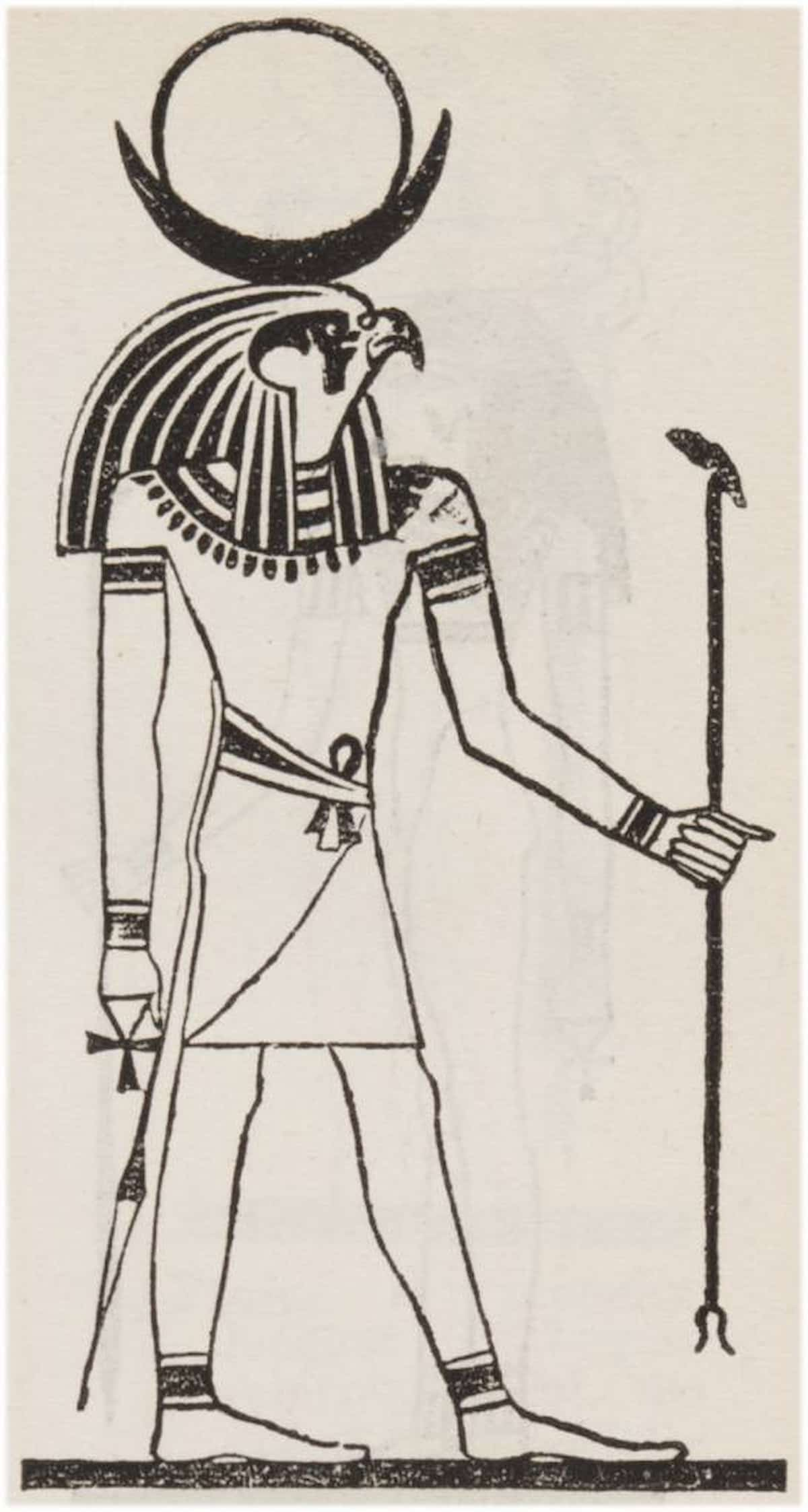
Ra ,Sceptres of the gods
Conclusion
The sceptre represented, in general terms, strength and divine authority in ancient Egypt. It stood for the power over chaos and the maintenance of cosmic order. Its use transcended earthly domains and extended into the afterworld to strengthen the link of divinity to pharaohs, gods, and high officials.

